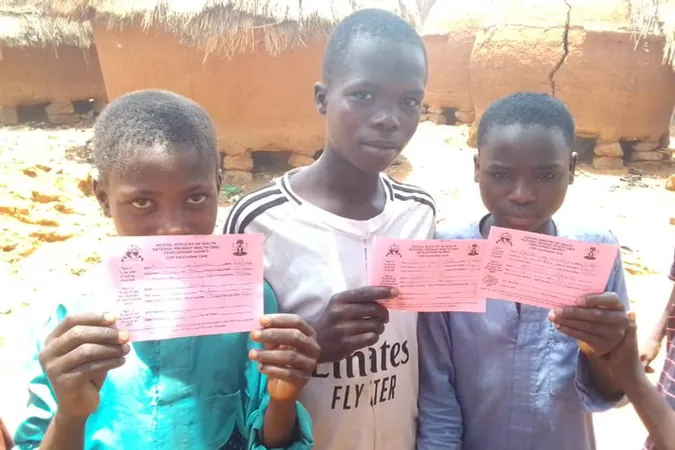
Shocking Findings on Long COVID: A Global Perspective
2025-04-17
Author: Rajesh
A Groundbreaking Study Unveils Long COVID Trends
A striking new investigation published in BMJ Global Health has shed light on the alarming rates of long COVID symptoms across 13 middle- and high-income nations. The study reveals that a staggering 25% of patients with symptomatic COVID-19 report lingering effects after recovery. Particularly concerning is the finding that these long-lasting symptoms are more prevalent among individuals from lower-income countries and those of Arab or North African descent.
Diving Deeper into the Data
In the first study, which involved 6,528 adults across countries including Argentina, Brazil, Canada, and Egypt, long COVID symptoms were identified as those persisting 180 days post-infection. Among the patients reporting extended symptoms, 12.8% struggled with sleeping issues, 9.8% experienced joint pain, and fatigue affected 8.7%—all potential barriers to normal life.
A Stark Disparity: High Rates in Low-Income Areas
The findings are alarming: nearly 30% of participants from lower middle-income countries reported long COVID, in contrast to just 14.4% from wealthier nations. The study highlights that the burden of ongoing health issues is falling heavily on countries that are least equipped to handle them, sparking concerns over resource allocation and healthcare costs.
Demographics Matter: Who is Most Affected?
The research also identified that individuals of Arab or North African ethnicity showed the highest prevalence of long COVID at 36.1%. Additionally, hospitalized patients faced a greater risk of developing these persistent symptoms, emphasizing the urgent need for focused healthcare strategies in these communities.
Additional Insights from China
A second related study in BMC Public Health examined 3,693 COVID patients in China and found that 30.2% experienced at least one long COVID symptom, with 10.7% suffering from symptoms that interfered with their daily lives. This highlights a global pattern in the aftereffects of COVID-19.
Risk Factors: Age and Gender Play a Role
The findings reveal that older age, female gender, and previous COVID-19 infections increase the likelihood of developing long COVID. Interestingly, the use of traditional Chinese medicine and receiving more than three vaccine doses were linked to reduced risk, offering potential avenues for prevention and mitigation.
A Call to Action
These studies spotlight the need for more inclusive clinical trials and tailored public health responses. As long COVID continues to impact millions globally, particularly in vulnerable populations, it’s imperative that health systems and policymakers ramp up efforts to address these disparities.






 Brasil (PT)
Brasil (PT)
 Canada (EN)
Canada (EN)
 Chile (ES)
Chile (ES)
 Česko (CS)
Česko (CS)
 대한민국 (KO)
대한민국 (KO)
 España (ES)
España (ES)
 France (FR)
France (FR)
 Hong Kong (EN)
Hong Kong (EN)
 Italia (IT)
Italia (IT)
 日本 (JA)
日本 (JA)
 Magyarország (HU)
Magyarország (HU)
 Norge (NO)
Norge (NO)
 Polska (PL)
Polska (PL)
 Schweiz (DE)
Schweiz (DE)
 Singapore (EN)
Singapore (EN)
 Sverige (SV)
Sverige (SV)
 Suomi (FI)
Suomi (FI)
 Türkiye (TR)
Türkiye (TR)
 الإمارات العربية المتحدة (AR)
الإمارات العربية المتحدة (AR)